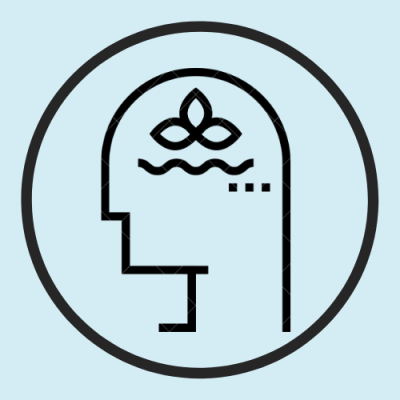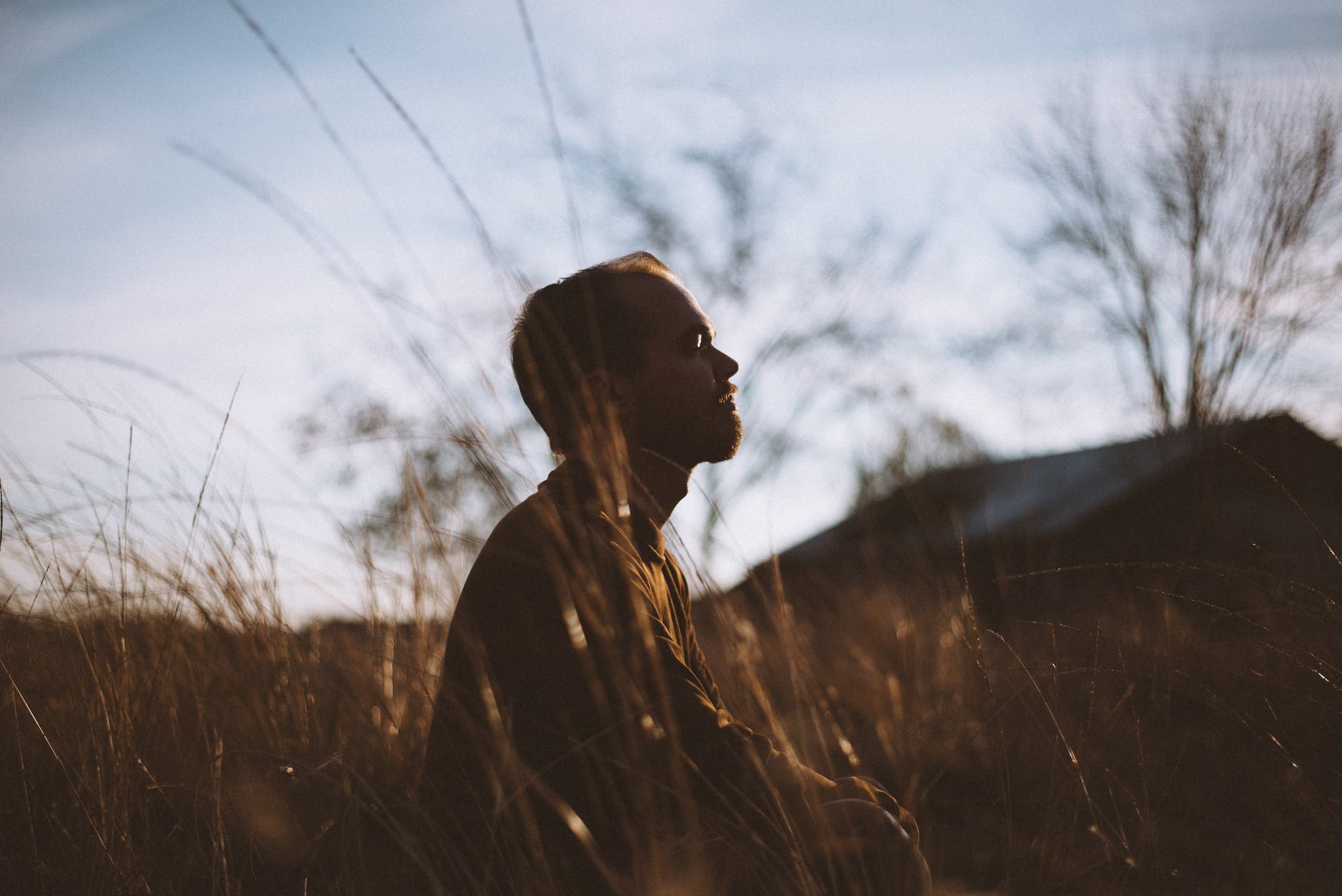
When you meditate, you learn to become more aware of your thoughts, feelings, and behaviours, observing them more clearly and becoming more aware of the further thoughts, feelings, and behaviours that may arise in you as a result. There are many different meditation techniques. Some techniques help you to observe your thoughts or emotions, others help you to better understand your reactions, and still others help you to become aware of the power of the mind and the reactions of the mind. Some meditation techniques simply help you to relax and become aware of what is going on inside you. With all these techniques the same thing happens: you learn to observe what is happening in the present moment and what is going on inside you, and you can learn to accept yourself and your reactions as they arise in you. When we are aware of our automatic reactions, we have the opportunity to create new ways of being and new ways of reacting that bring more compassion and love into our lives.
You have probably heard that meditation can make you more relaxed and bring about a sense of peace and well-being within you, that it helps you sleep better, or that it makes you more productive. Research has shown that meditation can help reduce stress and improve your concentration, focus and memory, and that the practise of meditation can help you become more aware of your thoughts, feelings and reactions and how these thoughts, feelings and reactions can affect your physical body. If you have suffered from depression or are currently depressed, meditation can help you develop new ways of being and perceiving the world around you. If you struggle with addictions, meditation can help you to live in the present moment and learn to let go of old patterns and find new ways of being. Meditation can help you become more aware of your moods and learn to respond to them more positively. For example, if you struggle with feelings of guilt and shame, meditation can help you become more aware of your thoughts and feelings and learn to have compassion for yourself and develop a better understanding of the moods you experience and how those moods affect your actions. (If you are interested, I will be releasing an online course this summer that covers all the details of the scientific research on mindfulness and meditation).
Meditation is about learning to control and focus your attention. When you meditate, you have the opportunity to become more aware of and observe your thoughts, feelings and behaviours. You can learn to accept them when they arise and be with them by observing the thoughts and feelings and accepting them as they are. You can also learn to be more compassionate and understanding, and you can learn to be kinder to yourself. Through meditation you learn to live moment to moment, you learn to observe your thoughts, feelings, and behaviours, and you learn to understand that while these thoughts, feelings, and behaviours may have influenced the past, they no longer have the power to influence the present or the future. Past perceptions and destructive ways of thinking and behaving, even those we have developed over many years, can be changed.

Meditation requires practise. It takes time to learn the techniques and you will often need to return to meditation to practise and gain the skills you need to become more aware of your thoughts, feelings and behaviours. You may feel that you are only aiming for one change through meditation, but you will find that you are making several changes through meditation. For example, you may learn to do more for the people you love, you may learn to act more positively, or you may become more aware of how your body is affected by your thoughts and feelings. You can also learn to handle certain situations better; you can reduce some of the negative effects of your thoughts and emotions and you can understand how powerful the mind is. Through meditation we can learn to let go of old habits and become more aware of our thoughts, feelings and behaviours and the way these thoughts, feelings and behaviours can affect our physical body and our emotional, mental, and spiritual well-being. We can learn to let go of the way we have been reacting to these thoughts and feelings. We can learn to let go of the way we have judged ourselves and others and learn to bring more compassion and more love into our lives.






